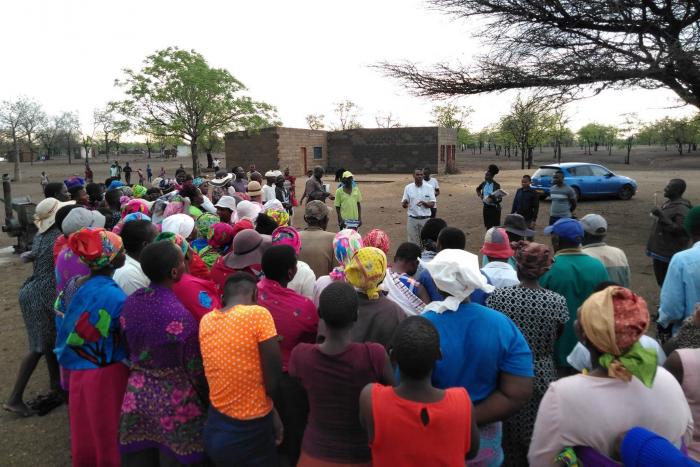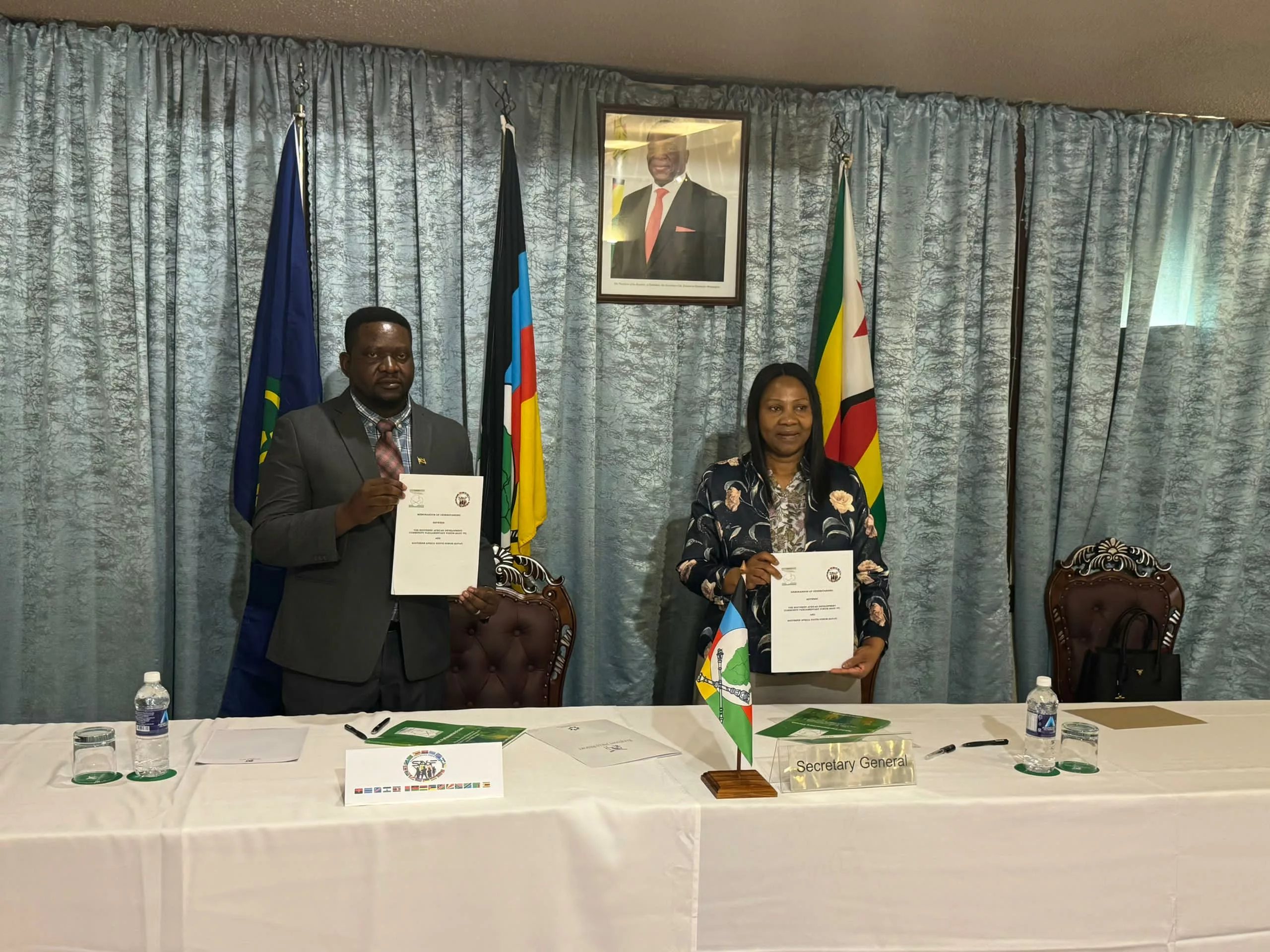Bill Watch By Veritas
Statutory Instruments under Communal Land Act:
Effect on Shangaan Land Rights in Chiredzi District
Nearly a year ago the Government announced its plans for large-scale commercial lucerne production a substantial area of Communal Land in the Chiredzi District. The announcement caused great disquiet among the predominantly Shangaan communities occupying the area because they were told they would have to leave. Media reports at the time said that thousands of people would be displaced to make way for lucerne farming by a named company in the dairy industry.
Two statutory instruments [SIs] gazetted last Friday, 26th February, and coming into force simultaneously on that day, show that the Government has decided to go ahead with its plans notwithstanding the reservations of the inhabitants. Both statutory instruments cite provisions of the Communal Land Act [“the Act”] as the enabling statutory authority for what they seek to achieve. Both refer to exactly the same area of land, which is unhelpfully described by reference to a plan that can be inspected, free of charge at the offices of the Ministry of Local Government, Urban and Rural Development [sic] – a Ministerial title that has not existed for some years – in Harare, the Provincial Administrator for Masvingo and the District Administrator for Chiredzi.
SI 51/2021 – Communal Land (Excision of Land) Notice, 2021 [link]
Section 2 of this notice, made by the President, is as follows:
“2. The area of land described hereunder in terms of the Schedule shall cease to be part of the Chiredzi Communal Land.”
Section 6(1)(b) of the Act does, indeed, authorise the President by statutory instrument, after consultation with the rural district council established for the area, declare that “any land within Communal Land shall cease to form part of Communal Land”. And although the SI does not claim that the rural district council was consulted, this will be presumed unless the contrary can be proved.
Section 6(3) of the Act is also relevant:
“Whenever any land ceases to form part of Communal Land in terms of a declaration published in terms of subsection (1) such land shall thereupon become State land until it is granted, sold or otherwise disposed of in terms of this Act or any other law.”
There is nothing else in the Act requiring any authority or persons other than the rural district council to be consulted before the President makes a declaration excising land from Communal Land to become State land. But constitutional principles and principles of administrative law obviously require prior consultation with those affected by a change in the land’s status, not to mention compensation and provision of alternative land. If consultation has not taken place and if suitable arrangements for those affected have not been made, this may cause legal difficulties for the Government.
SI 50 of 2021 – Communal Land (Setting Aside of Land) (Chiredzi) Notice, 2021 [link]
This is also a brief notice, but in terms of section 10 of the Act and states that it is made by the “Minister of Local Government, Rural and Urban Development” [sic] – a Ministerial title that, as we have said above, has not existed for some years.
Section 10(1) and (2) allow the Minister responsible for the administration of the Act – currently, the Minister of Lands, Agriculture, Water, Climate and Rural Resettlement [see SI 228/2018] – to set aside “land contained within Communal Land” for townships, business centres, industrial areas and irrigation schemes, or generally for any purpose he considers will promote the development of Communal Land generally or of the area concerned.
But section 10(3) – the important provision in the present case – says that “before any land is set aside in terms of subsection (1) or (2) the Minister must publish a statutory instrument” describing the land concerned, specifying the purpose of the setting aside, specifying the date from which the land “will be set aside” and ordering all persons or specified classes of persons “occupying or using” the land [except those holding mining rights] “to depart permanently with all their property from the land concerned within such reasonable period as the Minister shall specify in the notice” [our underlining – explanation below]. The Minister must also ensure that sufficient steps are taken to disseminate the terms of the notice in the area. Failure to depart without just cause is a criminal offence under section 10(7) of the Act.
Sections 2 and 3 of SI 50 of 2021 read as follows:
“2. The area of land described hereunder in terms of the Schedule shall be set aside with effect from the date of publication of this notice for the purpose of lucerne production.
- Anyperson occupying or using the land specified in the Schedule, otherwise than by virtue of a right held in terms of the Mines and Minerals Act [Chapter 21:05], is ordered to depart permanently with all of his or her property from the said land by the date of publication of this notice, unless he or she acquires rights of use or occupation to the said land in terms of section 9(1) of the Communal Land Act [Chapter 20:04].” [Again underlining by Veritas]
There are several legal defects in the SI, each of them fatal to its validity:
- It appears to have been made by the wrong Minister. According to SI 228/2018, the President has assigned the administration of the Act to the Minister of Lands, Agriculture, Water, Climate, and Rural Resettlement; there has been no subsequent amendment of this SI.
- The area to be set aside is not Communal Land. SI 51/2021 – simultaneously gazetted with this SI – has excised it from Communal Land and it has become State land by operation of law [section 6(3) of the Act]. Section 10 of the Act applies only in respect of Communal Land, so the use of the section is incompetent.
- The date of setting aside is not a future date – as it should be, comply with the words “before any land is set aside” and “will be set aside” in section 10(3).
- In ordering the departure of persons present on the land by the date of publication of this notice, i.e. before or on that date, the Minister has not specified “a reasonable period” for that departure, as required by section 10(3).
Conclusion
The conclusion has to be that SI 50/2021 is hopelessly invalid and there may also be legal problems with SI 51/2021.






